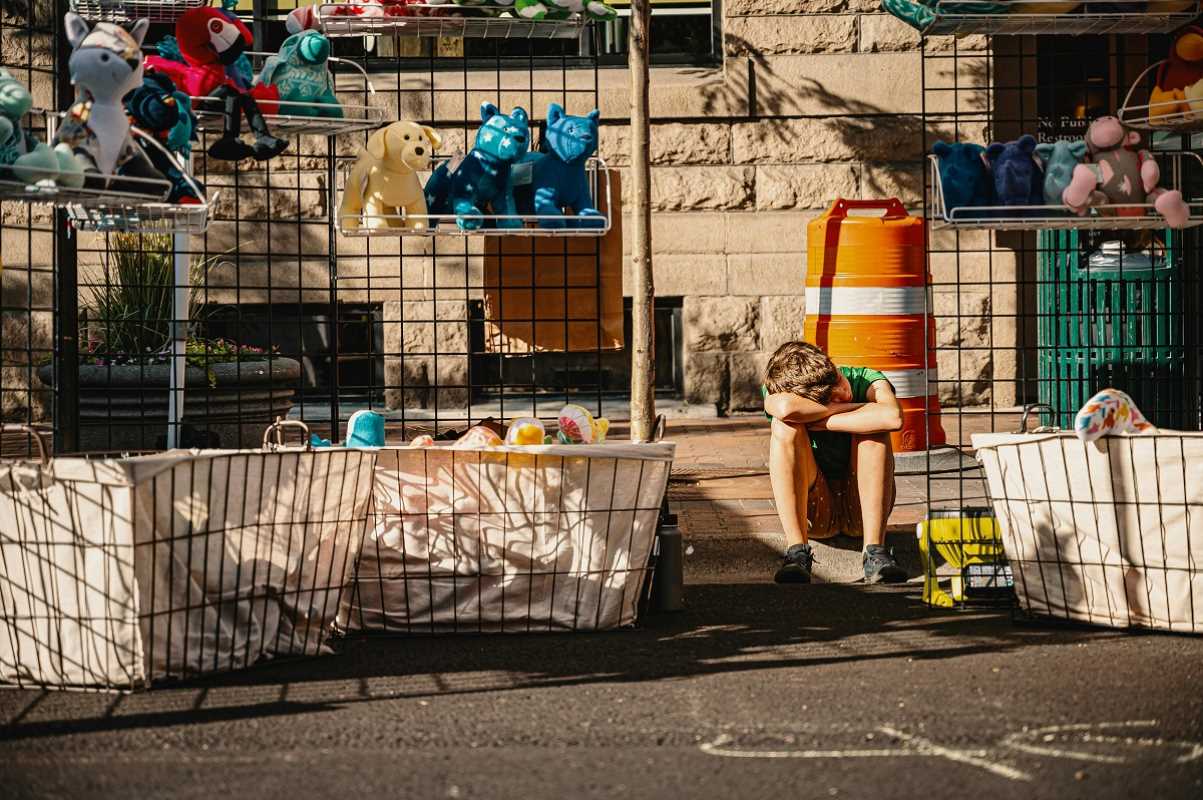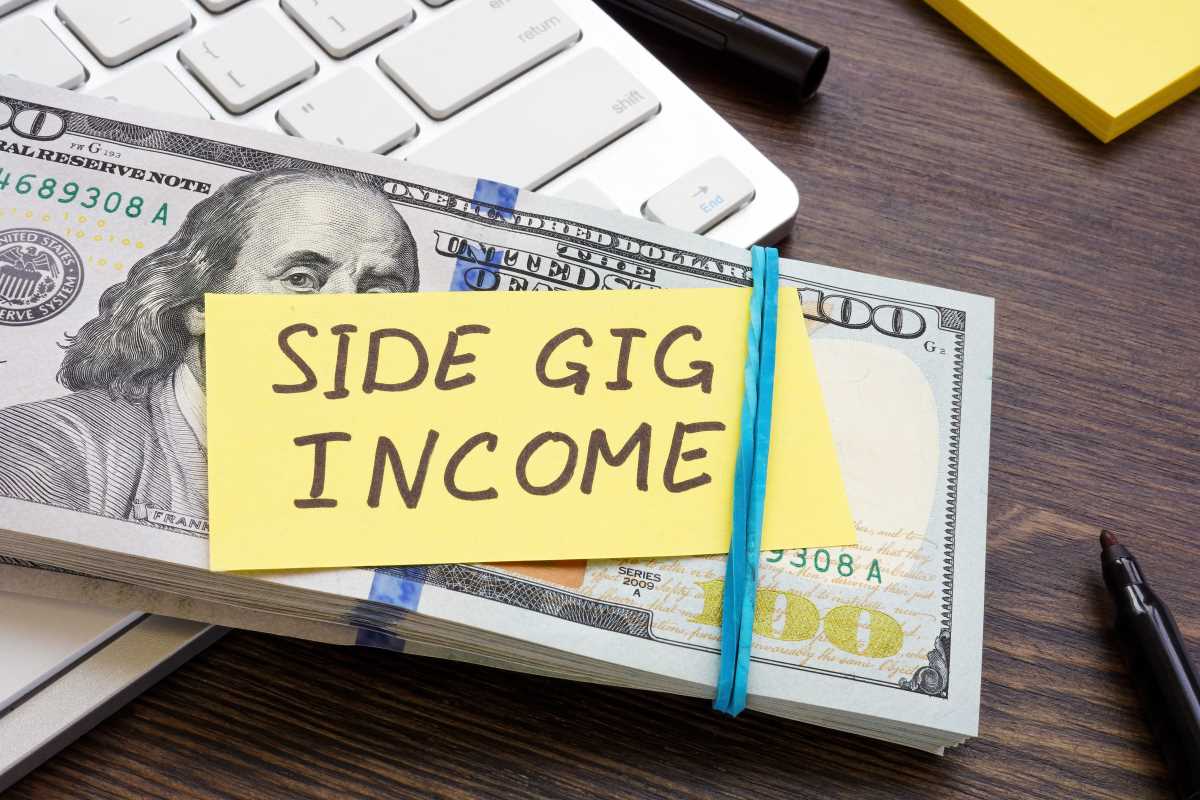Spring cleaning isn’t just about tidying up your space; it’s also an opportunity to earn extra cash by selling items you no longer need. Instead of letting old belongings gather dust, why not turn them into money? Decluttering can be rewarding and profitable with the right strategy and platforms. Here’s everything you need to know to declutter, organize, and sell your way to a more streamlined home and a fuller wallet.
Step 1: Assess What to Sell
The first step in making money from spring cleaning is identifying what you can sell. Here’s a quick checklist to help you evaluate your items:
- Clothing: Look for gently worn clothes that are still in style. Designer brands, vintage pieces, and seasonal items (like lightweight jackets or spring dresses) tend to sell fast.
- Electronics: Check for phones, laptops, gaming consoles, or headphones that you don’t use anymore. Older models still appeal to buyers looking for deals.
- Home Goods: Lamps, rugs, and kitchenware can be surprisingly popular. Minimalist and neutral styles perform particularly well online.
- Books and Media: Rare editions, popular bestsellers, unused DVDs, and even vinyl records often find eager buyers.
- Toys and Baby Gear: Outgrown toys, strollers, or high chairs can be in great demand for families on a budget.
- Collectibles: Coins, baseball cards, and even vintage decor items can attract collectors.
The key is to focus on items that are in good, functional condition. If something is damaged beyond repair, recycle it or dispose of it responsibly.
Step 2: Prep Your Items
Before listing your items for sale, take the time to ensure they’re ready for a new home. Preparation makes your items more appealing and allows you to charge a fair price.
- Clean and Repair: Wash clothes, shine up shoes, and dust off electronics. For furniture or home goods, wipe away dirt and fix minor blemishes like scratches.
- Take High-Quality Photos: Use good lighting (natural daylight works best) and take clear, uncluttered pictures from multiple angles. Highlight any details like brand tags, unique features, or imperfections.
- Write a Detailed Description: Be honest and transparent in your listing. Include brand names, the item’s condition, size or dimensions, and any other relevant details. For example, instead of saying “shoes for sale,” write “Nike Air Max sneakers, size 9, gently worn, with no major scuffs.”
Prepping your items properly shows prospective buyers that you care, which can result in quicker sales and better offers.
Step 3: Choose the Right Platform
Picking the right platform is crucial to maximizing your sales. Each platform has strengths and caters to specific kinds of buyers. Here’s a breakdown to help you decide where to list your items:
1. eBay
Best for: Electronics, rare finds, collectibles, and bulk sales.
- Pros: eBay has a massive international audience, so you can reach buyers worldwide. Auction-style listings can drive up prices for sought-after items.
- Cons: The platform takes a percentage of your sales, and shipping items can be time-consuming.
- Tips: Offer free shipping to attract more buyers, but include the cost in your price. Be strategic about timing your auctions, as items listed during weekends often perform better.
2. Facebook Marketplace
Best for: Furniture, home goods, and local sales.
- Pros: It’s free to list, and no shipping is necessary for local buyers. You can negotiate directly with potential buyers via Messenger.
- Cons: You’ll have to coordinate meetups, which can be inconvenient. Scam attempts can also occur, so stay alert.
- Tips: Use clear product descriptions and meet in public places when exchanging items.
3. Poshmark
Best for: Fashion, accessories, and designer labels.
- Pros: Poshmark is focused on clothing and has a social shopping element, which helps you attract buyers quickly. They also make shipping easy with pre-paid labels.
- Cons: They take a flat fee or percentage of each sale. This platform works best for higher-end brands.
- Tips: Share your listings regularly, follow other users, and bundle similar items to increase your chances of selling.
4. Mercari
Best for: A mix of everyday items, including clothing, electronics, and decor.
- Pros: It’s user-friendly and offers flexible shipping options. Mercari also protects sellers and buyers with secure payment processing.
- Cons: Like Poshmark, Mercari takes a small percentage of your sale.
- Tips: Offer free shipping for lightweight items and create competitive pricing to stand out.
5. Depop
Best for: Vintage items, niche fashion, and trendy pieces for younger audiences.
- Pros: Popular with Gen Z and focused on unique, stylish finds. The app allows you to engage directly with buyers.
- Cons: The niche audience can make it harder to sell everyday items.
- Tips: Be creative with your photos and hashtags to make your listings pop.
6. OfferUp
Best for: Local sales of furniture and electronics.
- Pros: OfferUp lets you sell to local buyers without worrying about shipping. The interface is simple and straightforward.
- Cons: Like Facebook Marketplace, it requires coordination with buyers for pickups.
- Tips: Respond quickly to inquiries to increase the likelihood of completing a sale.
Other Noteworthy Platforms
- The RealReal: Perfect for high-end designer apparel and luxury goods.
- Craigslist: Great for large items like bicycles, appliances, or furniture.
- Amazon: Ideal for books, DVDs, and newer electronics.
Step 4: Price Your Items Competitively
Setting the right price can make or break your sale. Keep these tips in mind when deciding how much to charge:
- Research similar listings on the platform you’re using and try to match or slightly undercut the going rate.
- Bundle lower-value items together to give them more appeal (e.g., a set of books).
- For designer goods or vintage items, consider their rarity and demand when pricing.
- If you’re not getting much interest after a few days, adjust the price or offer discounts like “buy one, get one free.”
Step 5: Stay Safe While Selling
Your safety is always a priority, especially when conducting local sales. Follow these precautions to protect yourself while selling online:
- Only meet buyers in well-lit, public areas like coffee shops or parking lots.
- Bring a friend along for meetups whenever possible.
- Accept electronic payments or cash, and be cautious of buyers who insist on alternative payment methods.
Selling unused items reduces waste and gives them a second life with someone else who will appreciate them. Plus, as you declutter, you’ll likely discover forgotten gems or items you can repurpose in your home.
 (Image via
(Image via





